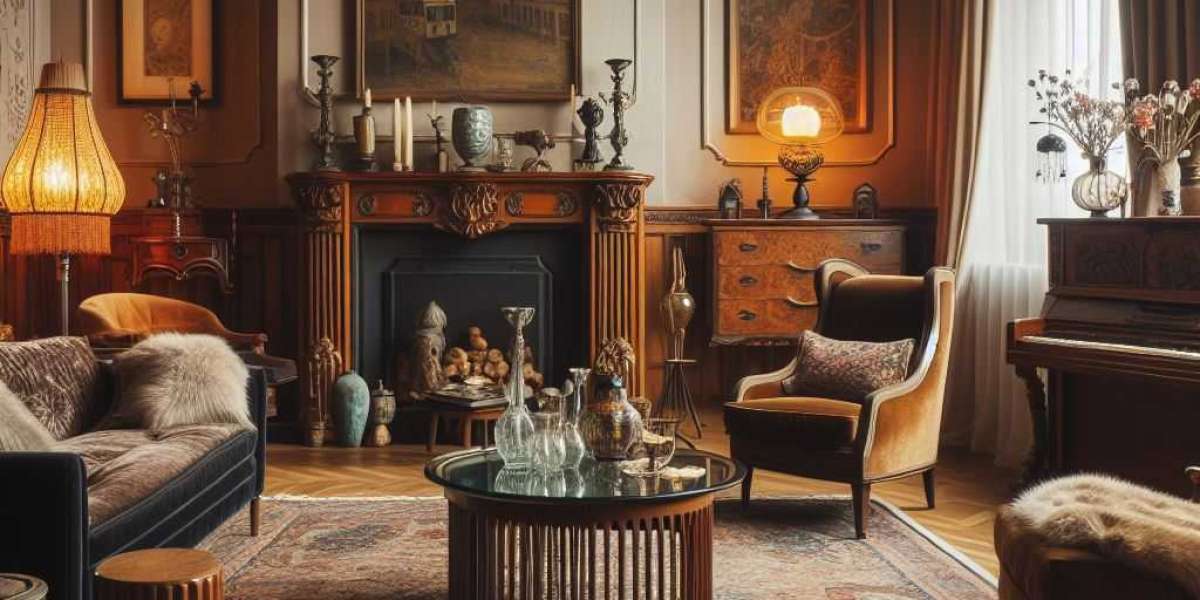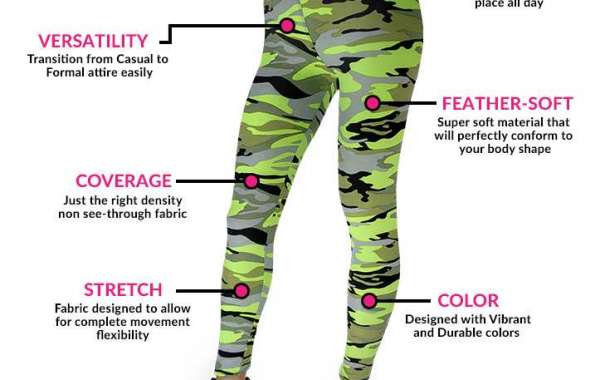Furniture has been an integral part of human history, evolving from simple functional pieces to exquisite works of art that define our living spaces. In this article, we will delve into the rich history of furniture, explore various types and styles, discuss the materials used in furniture making, and look at the trends shaping the future of furniture design.
Exploring the Evolution of Furniture
Introduction to the History of Furniture
Furniture has a story to tell, a narrative that spans centuries and reflects the changing tastes, cultures, and technologies of different eras. From rudimentary wooden stools in ancient civilizations to the luxurious furnishings of European monarchs, the evolution of furniture is a fascinating journey through time.
The Shift from Traditional to Modern Furniture Design
As societies progressed, so did the styles of furniture. The transition from ornate, heavy pieces to sleek, minimalist designs marked a significant shift. Modern furniture not only embraced simplicity but also emphasized functionality, revolutionizing the way we perceive and interact with our living spaces.
Types of Furniture
Classic Furniture Styles
Victorian Era Furniture
The Victorian era gave rise to elaborate furniture characterized by intricate details and rich materials. Ornate chairs, tables, and cabinets adorned with carvings and upholstered in lush fabrics became emblematic of this period.
Art Deco Design
The early 20th century introduced Art Deco, a design movement that celebrated luxury, glamour, and geometric patterns. Art Deco furniture featured bold shapes, mirrored surfaces, and a distinct departure from the ornate styles of the past.
Contemporary Furniture Trends
Minimalist Designs
The latter half of the 20th century witnessed the rise of minimalist design, with a focus on clean lines, open spaces, and functionality. Furniture became a statement of simplicity and purpose, aligning with the changing lifestyles of the modern era.
Sustainable and Eco-Friendly Furniture
In recent years, there has been a growing awareness of the environmental impact of furniture production. As a result, sustainable and eco-friendly materials have gained popularity, shaping a new wave of responsible furniture design.
Materials Used in Furniture Making
Wood as a Dominant Material
Different Types of Wood in Furniture
Wood remains a predominant material in furniture making, offering durability and versatility. From the rich tones of mahogany to the light elegance of oak, the choice of wood can significantly influence the aesthetic and character of furniture.
Metal and Glass Combinations
The Rise of Industrial Style Furniture
The industrial style, characterized by the use of metal and glass, has become a popular choice in contemporary furniture. Raw, unfinished materials and minimalist designs define this trend, creating a unique and urban aesthetic.
Furniture for Different Spaces
Living Room Furniture
Comfortable Sofas and Sectionals
The living room serves as a central hub for socializing and relaxation. Comfortable sofas and sectionals, often the focal point of this space, come in various styles and materials to suit different tastes.
Coffee Tables and Entertainment Units
Complementing seating arrangements are coffee tables and entertainment units. These functional pieces not only add to the aesthetic appeal but also provide practical storage solutions.
Bedroom Furniture
Bed Frames and Mattresses
The bedroom, a personal sanctuary, deserves furniture that combines comfort and style. Bed frames and mattresses play a pivotal role in ensuring restful nights and enhancing the overall ambiance of the space.
Wardrobes and Dressers
Storage is a key consideration in bedroom design. Wardrobes and dressers offer not only organizational solutions but also contribute to the overall design aesthetic of the room.
DIY Furniture and Upcycling
The Popularity of DIY Furniture Projects
With the rise of online platforms and a growing interest in hands-on creativity, do-it-yourself (DIY) furniture projects have become immensely popular. Individuals are now exploring their artistic side by repurposing and upcycling old furniture.
Upcycling Old Furniture
Upcycling involves giving new life to old or discarded furniture. Whether it's refurbishing an antique find or transforming pallets into a trendy coffee table, upcycling allows for unique and sustainable furniture solutions.
Benefits of DIY Furniture
Engaging in DIY furniture projects not only adds a personal touch to your space but also provides a sense of accomplishment. Additionally, it promotes sustainability by reducing waste and encouraging creativity.
Tips for Buying and Maintaining Furniture
Factors to Consider When Buying Furniture
Investing in furniture requires thoughtful consideration. Factors such as the size of the space, personal style preferences, and budget constraints play a crucial role in making informed decisions.
Maintenance Tips for Long-Lasting Furniture
Proper maintenance ensures the longevity of your furniture. Simple practices such as regular cleaning, avoiding direct sunlight, and using protective measures can significantly extend the life of your cherished pieces.
Future Trends in Furniture Design
Smart Furniture and IoT Integration
The future of furniture design is intertwined with technology. Smart furniture, equipped with IoT (Internet of Things) features, is on the rise. From adjustable lighting to integrated charging ports, furniture is becoming smarter and more connected.
Sustainable Practices in Furniture Manufacturing
Sustainability is not just a trend but a necessity in the evolving landscape of furniture design. Manufacturers are increasingly adopting eco-friendly practices, using recycled materials, and focusing on reducing their carbon footprint.
Conclusion
In conclusion, furniture is more than mere functional pieces; it is a reflection of our lifestyle, preferences, and the spirit of the times. From the intricate designs of the past to the sustainable innovations of the future, the evolution of furniture continues to captivate and inspire.
















